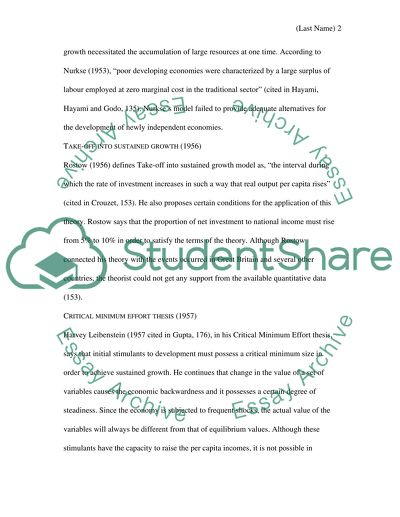Cite this document
(“Development 1 Essay Example | Topics and Well Written Essays - 1500 words”, n.d.)
Retrieved from https://studentshare.org/environmental-studies/1407187-development
Retrieved from https://studentshare.org/environmental-studies/1407187-development
(Development 1 Essay Example | Topics and Well Written Essays - 1500 Words)
https://studentshare.org/environmental-studies/1407187-development.
https://studentshare.org/environmental-studies/1407187-development.
“Development 1 Essay Example | Topics and Well Written Essays - 1500 Words”, n.d. https://studentshare.org/environmental-studies/1407187-development.


